
Images: Sharks & Whales from Above
Hammerhead sharks
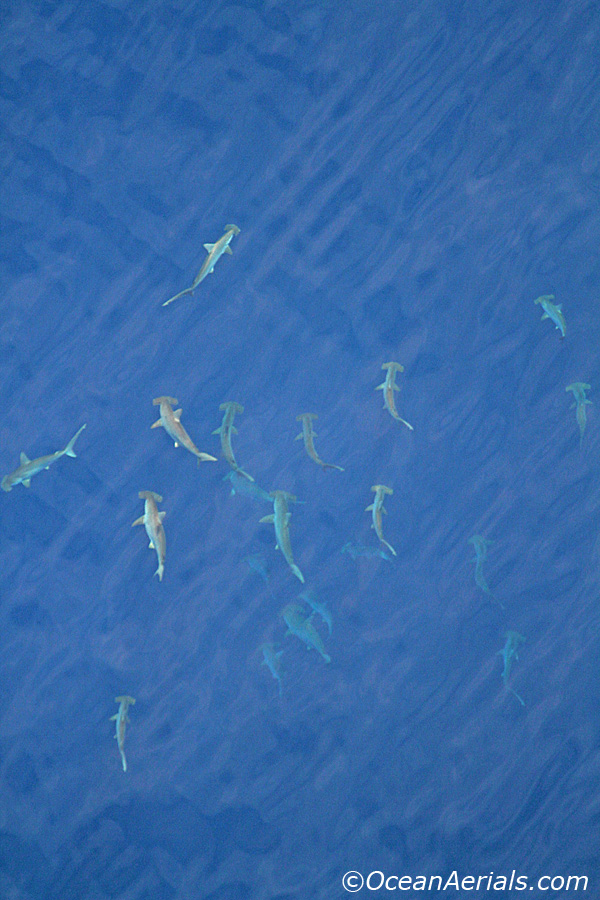
On Aug. 22, 2012, fish spotter Wayne Davis spotted this school of 20 scalloped hammerhead sharks. He found the animals above Oceanographer's Canyon, 100 miles southeast of Nantucket, Mass. Millions of years ago, rivers carved out massive canyons here. Now, submerged in hundreds or thousands of feet of water on the edge of the continental shelf, these canyons are ideal spots to find fish and other large marine life.
Filming the hammerheads

Two weeks ago, on Aug. 22, Davis helped underwater cinematographers Tom Burns and Eric Savetsky find this school of hammerhead sharks. After failing at first to get close to the scalloped hammerheads, which are usually pretty shy, the school approached and surrounded the duo, Savetsky told OurAmazingPlanet. "It was fantastic from a visual experience, but a little unnerving because they were acting bolder than I typically know them to be," he said. But they didn't get too close, though, and swam off after a couple passes.
Tagging a great white shark
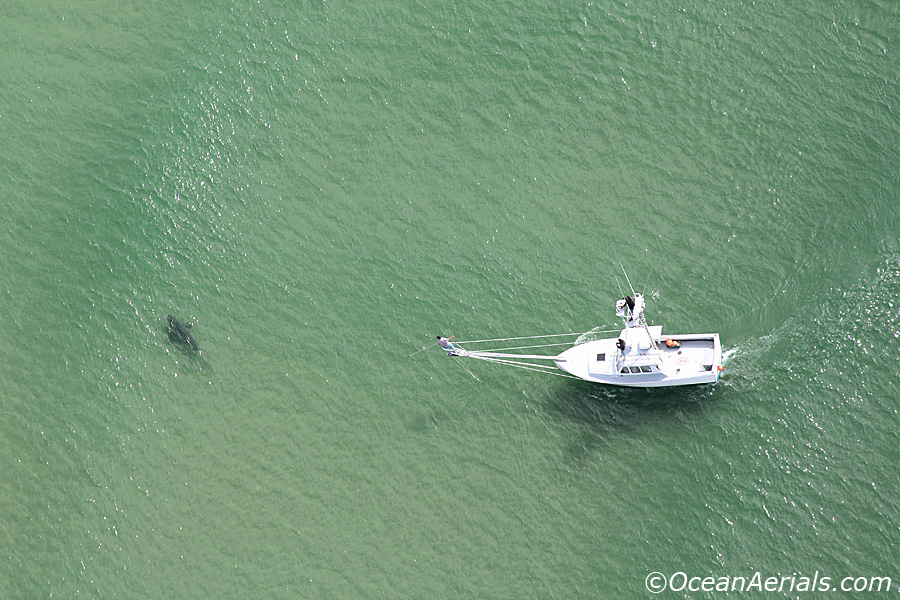
Davis has also worked with Greg Skomal, a scientist with the Massachusetts' Division of Marine Fisheries, helping Skomal find great white sharks and other animals. Here one of Skomal's colleagues seeks to tag a 2,000 lb Great White Shark along the beach of Monomoy Island, Cape Cod.
Tag, you're it
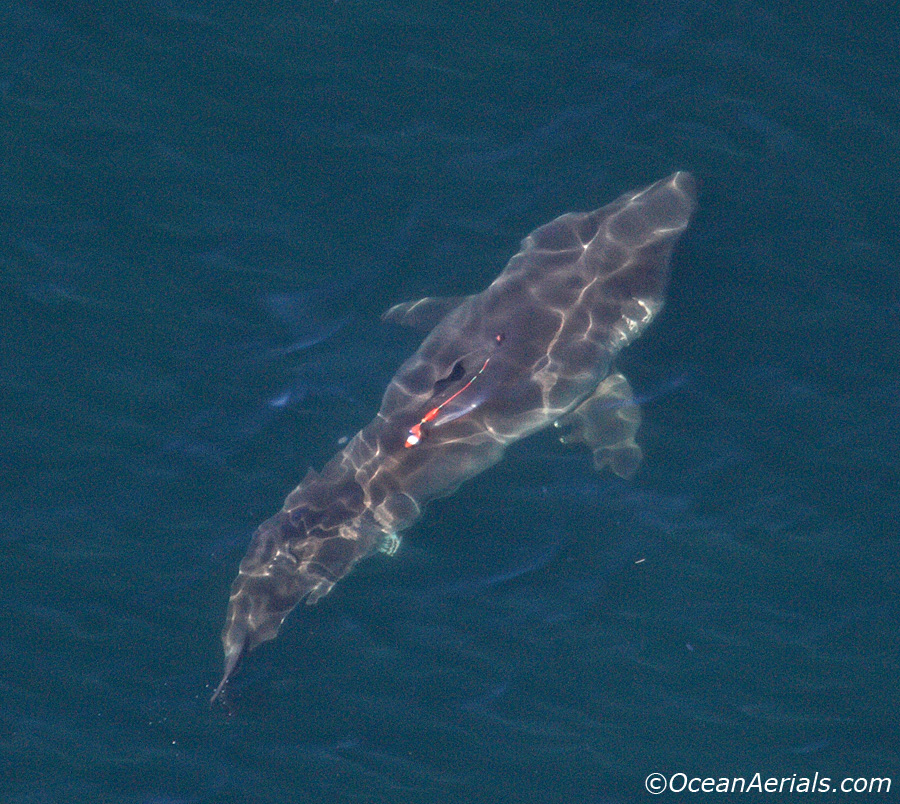
A great white shark with a tag affixed. Tags help Greg Skomal, a scientist with the Massachusetts' Division of Marine Fisheries, track these animal's location and depth as they move about. Much has yet to be learned about the life history of these important and unique animals.
Six mobula rays in formation
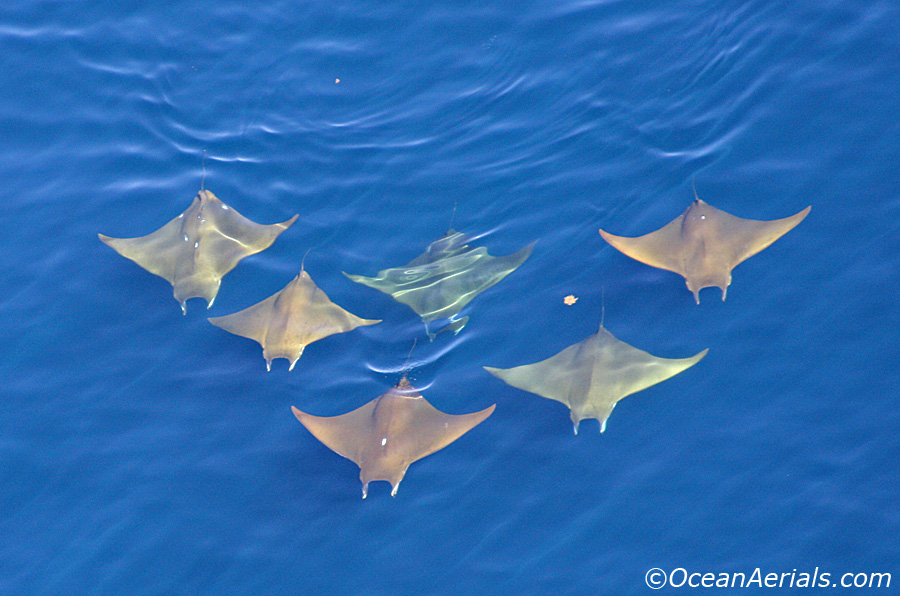
Six mobula rays, in formation. These little-known animals can reach a disc-width (the circular portion of their body) of 17 feet (5.2 meters). They are not often seen in New England waters. Davis photographed these a couple years ago off George's Bank, an area where many fish congregate.
The fish-spotter
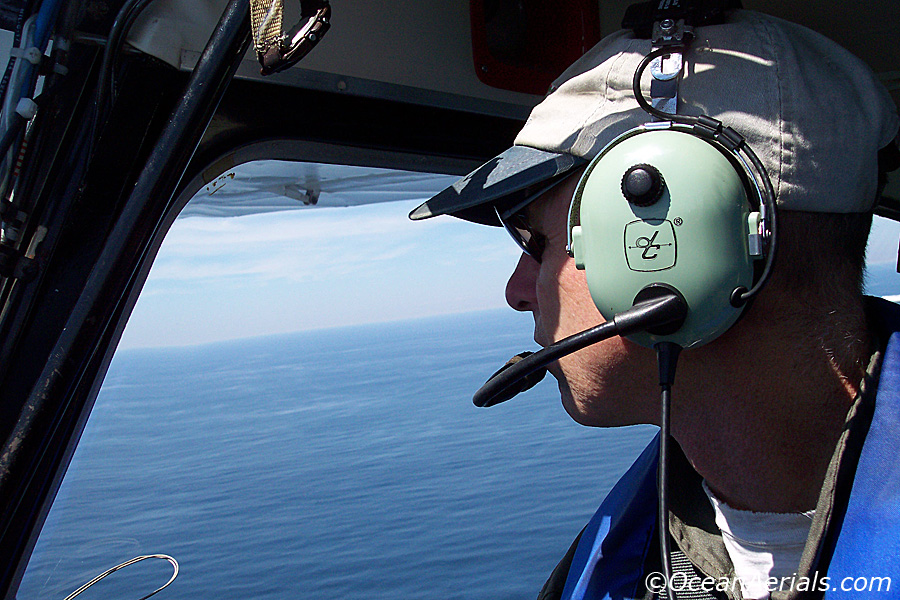
Wayne Davis, looking for fish. This is his 40th year as a spotter pilot for commercial fishermen. But he gets tired of chasing fish, he said, so he's started looking for other animals and photographing them. His help finding sharks and whales and other animals has been invaluable for underwater filmmakers and researchers.
A whale of a shark
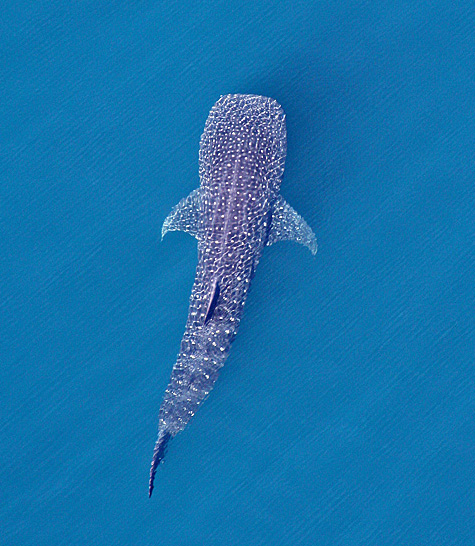
A large whale shark, photographed on July 2, 2010, far offshore. "I've seen a few of them over the course of my career, although they're pretty rare," Davis said. "We find them in the deep water, usually way off the edge of the continental shelf."
Get the world’s most fascinating discoveries delivered straight to your inbox.
The plane
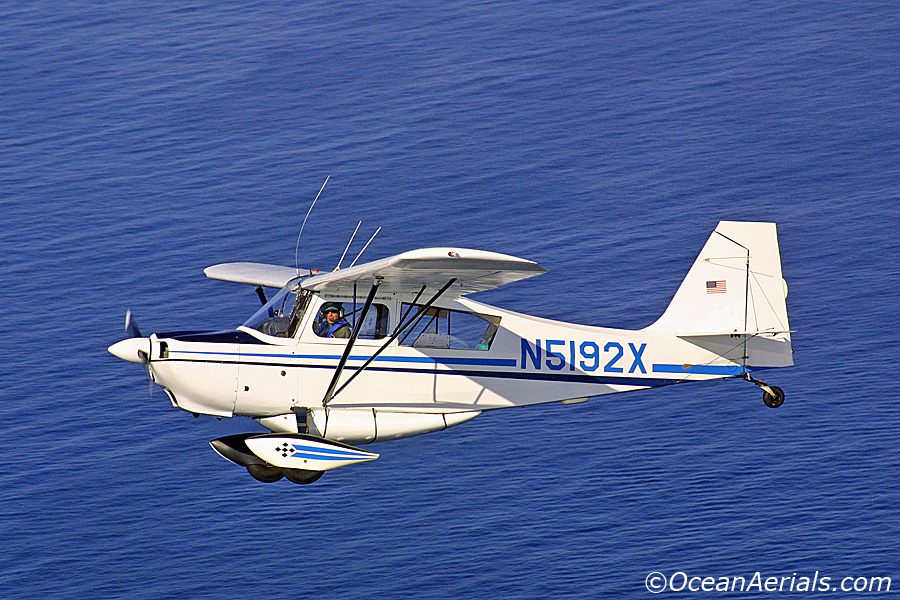
Wayne Davis' airplane, a single-engine Citabria. He purchased his Citabria in 1973 and has been flying ever since.
Filming a whale shark
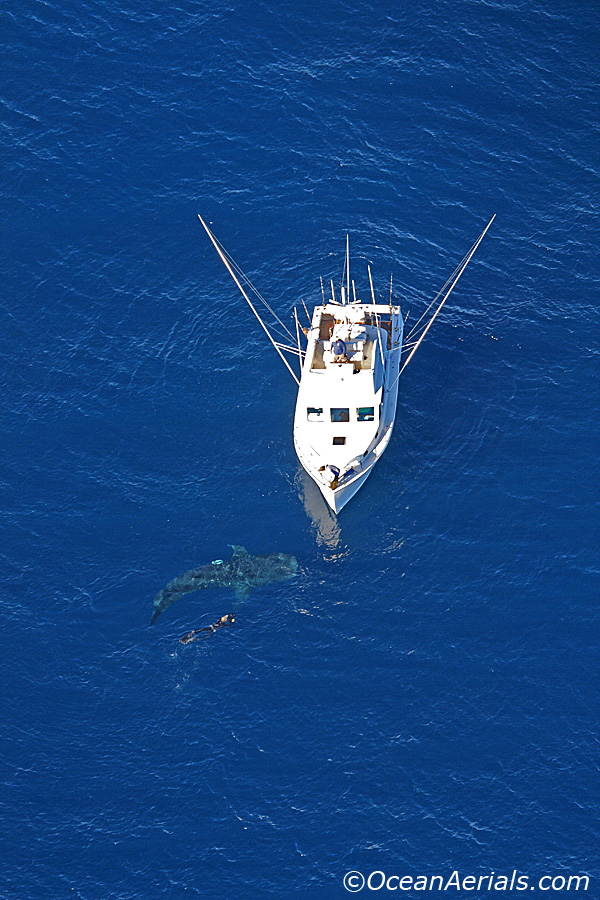
Underwater cinematographer Eric Savetsky filming a whale shark on July 2, 2010, next to his 36 foot (11 m) boat. "We went out to canyons where I film and fish," Savetsky said. "He flew out there, and he put me onto a 17-foot whale shark, in Atlantic Canyon, about 80 miles south of Nantucket, along the edge of continental shelf." He got to film the majestic animal for 15 minutes.
Shark dinner?
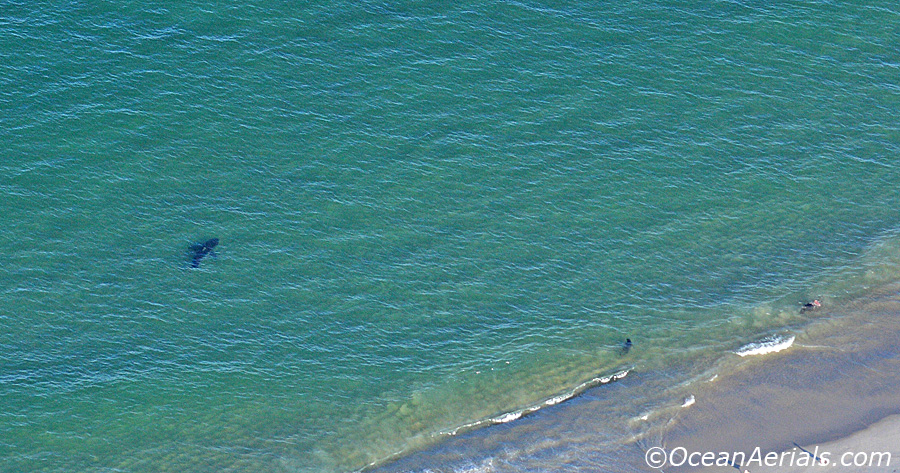
A great white shark and two seals, one of which is inured.
Basking sharks

A school of basking sharks, "right in the middle of Cape Cod." They were photographed in September, "a few years ago." Davis was looking for tuna fish when he found these enormous fish.

